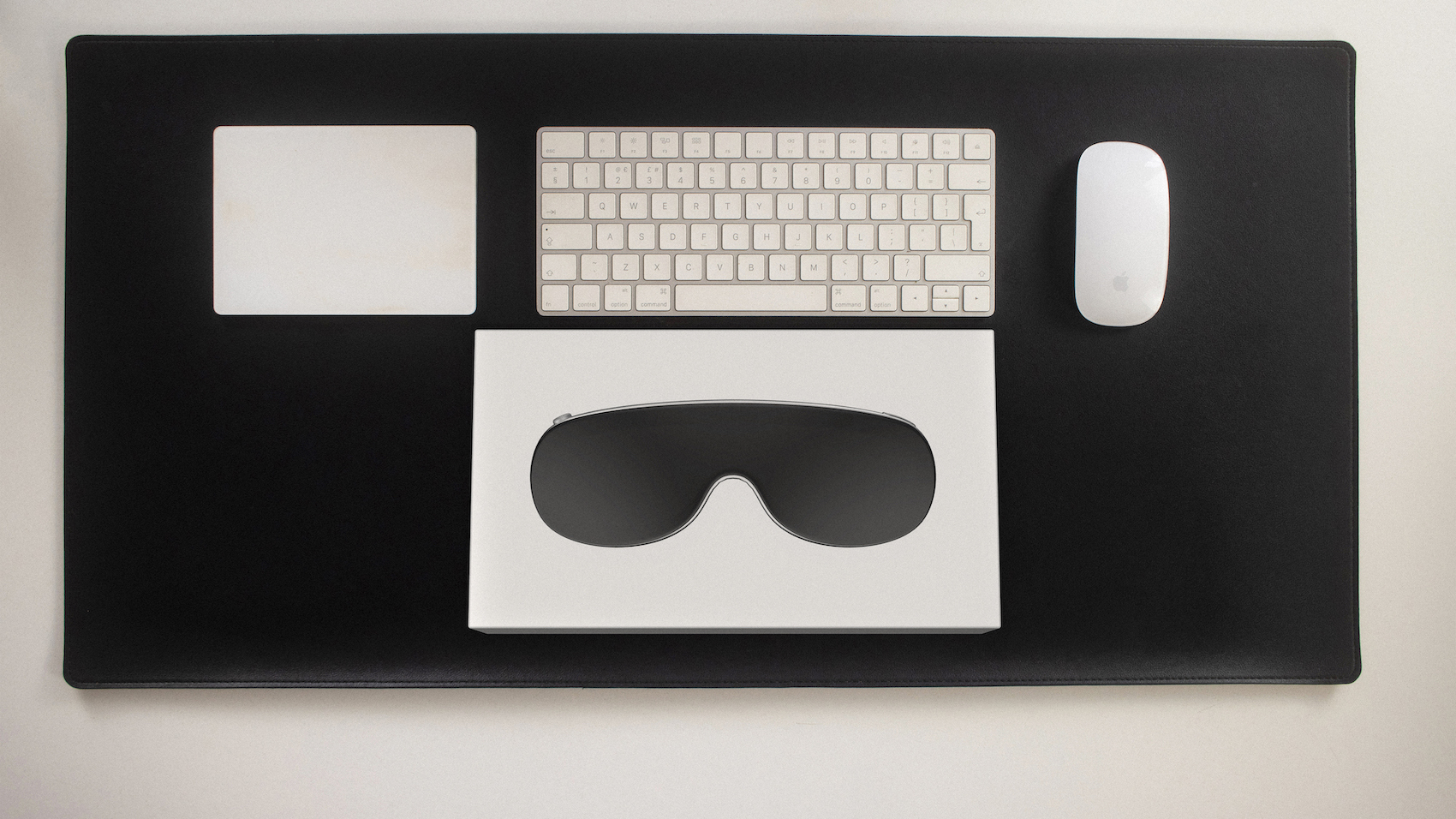Apple's mixed-reality headset will be primarily targeted at developers and could now see shipments of fewer than 100,000 units this year, Taiwanese research firm TrendForce reports.
 Apple headset concept by Marcus Kane
Apple headset concept by Marcus Kane
TrendForce claims that the headset's high cost, difficulty to manufacture, and focus on developers will "restrict sales predominantly to pre-orders for this year." While Apple's headset could stimulate some new demand in the AR/VR product category, the high price tag of the device, believed to be in the ballpark of ~$3,000, will apparently pose a significant barrier to broader market growth.
Trendforce forecasts that shipments of the new headset will now "fall short" of 100,000 units this year, with Apple potentially capping production at no more than 300,000 units.
In January 2022, Apple was believed to have told its suppliers to expect sales of seven million to 10 million units during its first year on sale. This expectation was then seemingly downgraded to three million units.
In August last year, Apple analyst Ming-Chi Kuo said that Apple was planning to ship no more than 1.5 million units in 2023. Bloomberg's Mark Gurman recently said that Apple now expects to sell around 900,000 headsets this year. In December last year, Kuo revised his estimate down to "less than 500,000 units."
Gurman has also postulated that Apple may sell only one headset per day per retail store, which would equate to annual sales of just over 180,000 units. TrendForce's estimate of less than 100,000 units is the lowest shipment estimate for Apple's headset to date.
This article, "Apple Mixed-Reality Headset Shipments Now Estimated to 'Fall Short of 100,000 Units' This Year" first appeared on MacRumors.com
Discuss this article in our forums
Source: TechRadar
 Apple headset concept by Marcus Kane
Apple headset concept by Marcus KaneTrendForce claims that the headset's high cost, difficulty to manufacture, and focus on developers will "restrict sales predominantly to pre-orders for this year." While Apple's headset could stimulate some new demand in the AR/VR product category, the high price tag of the device, believed to be in the ballpark of ~$3,000, will apparently pose a significant barrier to broader market growth.
Trendforce forecasts that shipments of the new headset will now "fall short" of 100,000 units this year, with Apple potentially capping production at no more than 300,000 units.
In January 2022, Apple was believed to have told its suppliers to expect sales of seven million to 10 million units during its first year on sale. This expectation was then seemingly downgraded to three million units.
In August last year, Apple analyst Ming-Chi Kuo said that Apple was planning to ship no more than 1.5 million units in 2023. Bloomberg's Mark Gurman recently said that Apple now expects to sell around 900,000 headsets this year. In December last year, Kuo revised his estimate down to "less than 500,000 units."
Gurman has also postulated that Apple may sell only one headset per day per retail store, which would equate to annual sales of just over 180,000 units. TrendForce's estimate of less than 100,000 units is the lowest shipment estimate for Apple's headset to date.
Related Roundup: AR/VR Headset
Tag: TrendForce
Related Forum: Apple Glasses, AR and VR
This article, "Apple Mixed-Reality Headset Shipments Now Estimated to 'Fall Short of 100,000 Units' This Year" first appeared on MacRumors.com
Discuss this article in our forums
Source: TechRadar